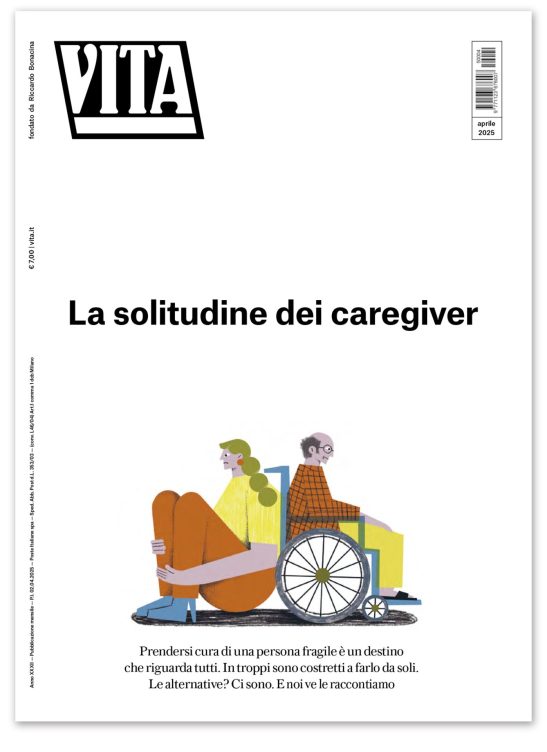Slovenia: Is little red riding rood a gypsy?
A cartoon documentary shot in Kosovo highlights the difficult situation of the Roma - Roma children in particular - both in Kosovo, Slovenia and Italy and reaches out to a younger audience
di Staff
Who is red riding hood? A strange question to be asking civil society, unless of course your audience is made up of children. A documentary cartoon presented at the Kinemax di Gorizia, Italy during an awareness raising event organised by Osservazione, an Italian anti-racism research centre, tells the story of what meaning the popular fairy tale holds for forgotten Kosovar-Roma children who live in the shadow of a monstrous power station in Pristina?s slums. The documentary, called Who is little red riding hood? and directed by Eva Ciuk, an Italian journalist and director is told in Slovenian, Ciuk?s mother tongue and aims to give voice to the often neglected victims of the Roma question: children, or rather, gypsy children.
With the smoky skies generated by the power station as a backdrop, gypsy children reinterpret the fable of Little red riding hood and by so doing tell us about their difficult lives. The story of how difficult it is to be a small minority in a country struggling for its independence that forces the Roma into the margins. The strength of the documentary lies in its potential to reach out to school children and raise their awareness about the meaning of human rights.
?When I visited Kosovo in 2005?, explained Ciuk, ?to shoot a documentary about minorities in Kosovo, I was struck by the happiness and serenity of the children in the refugee camps at Plementina and Pristina. I also made friends with the people who ran the camps and I decided to take the experiences of these children to Slovenian schools. Which is why we decided to point our cameras at the anything but fairy tale background, and ask the children to tell us their Little red riding hood story?.
The Roma in Europe
The situation of the Roma in Italy and Slovenia was another theme that was approached during the event at Gorizia. Joze Horvat-Muc, president of the Slovenian Roma Union, one of the most important associations for Roma rights in the region, attended the viewing of the documentary and asking him about the situation in Slovenia seemed inevitable. His guarded reply highlighted the many steps forward over the course of the past 2 years ? he reminded the public that in 2006 there had been a violent outburst at Ambrus that had forcefully evacuated the Strojan Roma from their wooden huts, and that none of the forces of the law intervened, even when their houses were burned to the ground. This event had symbolised the discriminatory atmosphere of the times, making life difficult for the 10 thousand Slovenian Roma.
Today there has been a breath of fresh air, noted the Union?s president, also thanks to a series of laws and amendments to the Slovenian Constitution?s article 65 that protect the rights of the Roma people. Horvat-Muc highlighted that the best region for Slovenian Roma is the Prekmurje region, that lies close to the border with Hungary and Austria, where the community is well integrated and organised and where various ethnicities live together in harmony.
In Italy, home to approximately 150 thousand Roma people, the situation is by no means exemplary and a 1999 law to protect minorities that, however, excludes the Roma, is still in force. Lorenzo Monasta, spokesman for Osservazione, concluded by asking whether Italy should not follow the Slovenian example.
More info:
Cosa fa VITA?
Da 30 anni VITA è la testata di riferimento dell’innovazione sociale, dell’attivismo civico e del Terzo settore. Siamo un’impresa sociale senza scopo di lucro: raccontiamo storie, promuoviamo campagne, interpelliamo le imprese, la politica e le istituzioni per promuovere i valori dell’interesse generale e del bene comune. Se riusciamo a farlo è grazie a chi decide di sostenerci.
